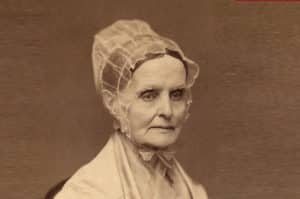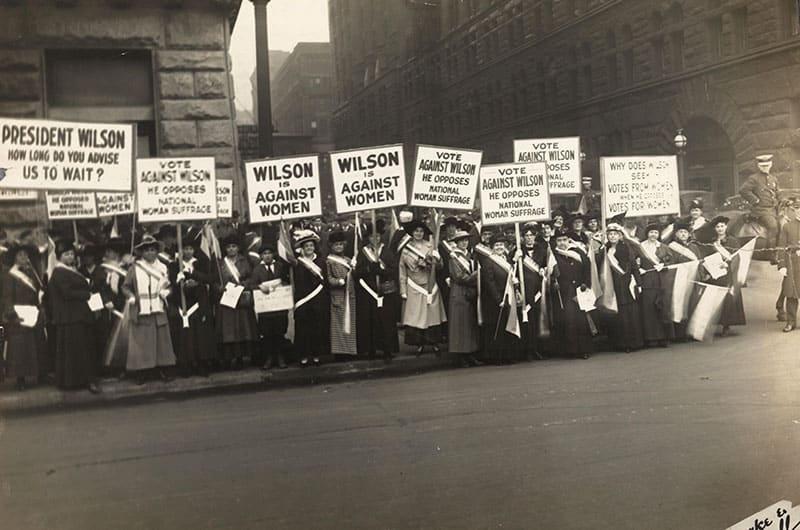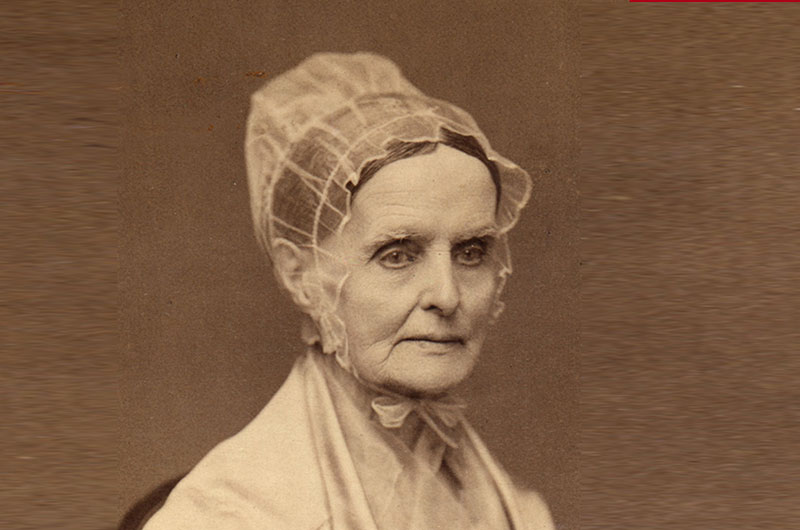~ by Amy Jenness ~

When 200 women and 100 men gathered in upstate New York in 1848 for America’s first women’s-rights convention, they unanimously agreed that women should be given the same freedoms as men: the right to speak publicly, pursue an education, get a job, practice a religion and own property. But when convention organizer Elizabeth Cady Stanton suggested giving women the right to vote, the group’s unity disintegrated. After intense debate and an eloquent plea in favor from famed abolitionist Frederick Douglass, they voted to keep in Stanton’s call to let a woman “exercise her inalienable right to the elective franchise.”
That stance was mocked by journalists and skeptics, and only 100 of the 300 attendees voted for it. But its passage started a long and arduous fight towards giving women the right to vote. It would take 72 years. Congress voted to amend the US Constitution on May 19, 1919 and ratified the 19th Amendment the following year. And, 178 years after the convention, Hillary Clinton looks to be the first viable female candidate for US President.
The 1848 convention’s co-founder and featured speaker was Nantucket-born Lucretia Coffin Mott, who said once, “I long for the day my sisters will rise, and occupy the sphere to which they are called by their high nature and destiny.” Today a strand of Stanton’s and Mott’s social justice DNA resides in every ballot, every candidate, and every new generation of activism.
Lucretia Coffin was born into an island Quaker family in 1793. When she was a young teen, she moved to Philadelphia to attend a Quaker school and there met her future husband James Mott. The pair never left Philadelphia, although as her stature as a gifted orator increased, Coffin Mott traveled extensively to preach and give lectures.
She began by preaching at Quaker meetings, where congregants sit silently until moved by God to speak. But her opposition to slavery compelled her begin working for change outside of her religion. Although Quakers refuse to fight in a war, they have a long and storied history of bringing about change by engaging in nonviolent conflict.

“I am no advocate of passivity,” Coffin Mott said in an 1860 speech. “Quakerism, as I understand it, does not mean quietism. The early Friends were agitators; disturbers of the peace; and were more obnoxious in their day to charges, which are now so freely made, than we are.”
Despite being encouraged to speak out as a child and practicing a religion that allowed her a voice, Coffin Mott encountered barriers in the abolitionist movement. She and Cady Stanton met in London in 1840 when they were both barred from participating in a World Anti-Slavery Convention because they were women. Cady Stanton was a 25-year-old newlywed unschooled in the politics of the abolitionist movement. On that day, 37-year-old Coffin Mott became Cady Stanton’s mentor and the seeds of the women’s rights movement were sown.
As these and other women fought for the freedom of slaves, they developed an awareness of the limitations placed on them in their own lives.
Eventually Cady Stanton (who was not a Quaker) and Quaker women migrated to William Lloyd Garrison’s American Anti-Slavery Society because it allowed them to speak publicly. And a crack in the status quo appeared in April 1848 when the New York Legislature voted to give women the right to own property independently of their husbands.
By the time Cady Stanton and Coffin Mott convened the women’s rights convention, three streams of dissatisfaction among attendees converged: the group consisted of non-Quaker abolitionist women shut out of the movement; those pressing for widespread legal reform that would allow women the right to own property; and Quaker abolitionists, who were now aligned with William Lloyd Garrison. Lucretia Coffin Mott was the main draw and spoke many times throughout the convention.
When it came time to debate the resolution calling for a woman’s right to vote, some called it too radical and others said they wanted only to address a woman’s civil and religious rights, not their political rights. James and Lucretia Mott were not initially in favor, although they eventually voted for the resolution. Yet Stanton defended her proposal, saying it would expand women’s rights and allow them to influence future legislation. Frederick Douglass, an escaped slave who became a prominent reformer, was the only African American at the meeting. He spoke in favor, saying that he could not accept the right to vote himself as a black man if a woman could not also claim that right. And he concluded by saying the world would be a better place if women were involved in the political sphere and that it was unjust that half of the country’s people were not allowed to participate in government.
When the vote was called, 68 women and 32 men voted in favor of the resolution. In the ensuing years, generations of supporters lectured, wrote, engaged in civil disobedience and lobbied to allow women the right to vote. None of the 1848 convention main players lived long enough to see suffrage enacted: Coffin Mott died in 1880, Douglass died in 1895, and Cady Stanton died in 1902. Of the 100 signatories, only Charlotte Pierce Woodward lived long enough to witness women voting, although at 91 years old she was too frail to ever cast a ballot herself. In April 2016, the US Treasury announced it will commemorate the heroes of the women’s suffrage movement on a redesigned ten dollar bill. The Treasury will include portraits of Cady Stanton and Coffin Mott, and others, on the back side. “With this decision, our currency will now tell more of our story and reflect the contributions of women as well as men to our great democracy,” US Treasury secretary Jacob J. Lew said at the time of the announcement.
Amy Jenness is the author of On This Day In Nantucket History.



